Posted On November 12, 2025 Car Accidents
If you’ve just been in a crash in Ontario, California on the I-10, SR-60, or around Haven Ave you’re juggling pain, repairs, and a maze of insurance calls. As a California personal injury attorney, I’ll walk you through the steps that matter most under California law, how claims are valued, and what to expect from working with a lawyer. I’ll use plain English, share practical examples, and flag common pitfalls so you can make smart decisions from day one.
Move to a safe spot if you can. Call 911 if anyone is hurt. Even if injuries seem minor, ask for first responders. If it’s safe, photograph vehicle positions, damage, skid marks, airbags, license plates, and nearby signs or signals (e.g., malfunctioning lights). Get witness names and contact info. Note any traffic cameras or businesses with security cameras; your lawyer can send preservation requests quickly.
Example: You’re rear-ended on the 60 near the Milliken Ave exit. Photos of the bumper damage, debris field, and the other driver’s car without braking damage can help prove you didn’t suddenly stop.
Adrenaline masks pain. Go to urgent care or your doctor and follow through on referrals (X-rays, MRI, PT). Gaps in treatment let insurers argue your injuries were minor or unrelated. Keep a simple symptom diary (pain levels, sleep issues, missed work).
Save dashcam footage, tow and repair estimates, medical bills, and documentation of time off. If your car has event data (“black box”) your attorney can coordinate downloads before it’s lost.
Insurance adjusters are trained to minimize payouts. They may request a recorded statement early and ask questions in ways that shrink your claim. A lawyer handles communications, compiles your evidence, and keeps the narrative accurate and complete.
California uses police reports, scene measurements, vehicle telematics, medical opinions, and wage records to prove both liability and losses. In busier corridors like the I-10 or Vineyard Ave, surveillance and traffic data can be critical.
Beyond the at-fault driver’s liability policy, we look at:
California is an at-fault state. If the other driver was careless, their insurer pays your damages up to policy limits. And even if you share some blame, California’s pure comparative negligence rule means you can still recover your award is just reduced by your percentage of fault.
Example: A jury values your case at $100,000 but says you were 10% at fault for driving slightly over the limit. Your net is $90,000.
Act early so your lawyer can preserve evidence, request videos, and interview witnesses while memories are fresh.
Unlike medical malpractice, California doesn’t cap pain-and-suffering damages in standard auto cases. The value depends on injury severity, treatment, recovery, and how your life changed.
Stop-and-go traffic on the 10 and tight surface-street corridors lead to frequent rear-ends and unsafe merges. Fault often turns on following distance, speed, signal timing, and distraction (texting).
Crosswalk visibility, lighting, and driver attention are crucial. Independent witnesses and video carry outsized weight.
Coverage can be higher. For Uber/Lyft, insurance depends on the “period”:
If the at-fault driver lacks sufficient coverage, your UM/UIM may step in. Many people don’t realize they have it because it’s tucked inside their declarations page your lawyer will check.
Insurers measure not just what happened but how long it affected you.
Example: A warehouse worker with a shoulder tear misses 8 weeks, needs PT, and can’t lift his toddler for months. Economic damages cover bills and wages; non-economic compensates the daily life impact.
We gather dispatch audio, body-cam, traffic cam, and nearby business CCTV; download event data recorders when needed; and consult accident reconstructionists for complex impacts.
A solid demand package includes:
Most claims settle but the best settlements come when the insurer knows you’re ready for court. We leverage mediation and, if needed, file suit in San Bernardino County Superior Court to keep timelines moving.
Most California injury lawyers work on contingency: you pay no attorney fee unless we recover money for you. Case costs (records, experts, filings) are usually advanced by the firm and reimbursed from the recovery details are in your fee agreement.
You’re not required to give a recorded statement to the other driver’s insurer, and doing so early can hurt your case. For your own insurer, your policy may require cooperation let your lawyer coordinate.
Assume the insurer is checking. A single “good day” post or gym selfie can be twisted to minimize your pain. Go private and post less.
Do I need a lawyer for a “minor” crash?
If you’re hurting beyond a few days, or the other insurer is lowballing you, yes especially where fault is disputed or you’re missing work.
How long do I have to start a claim?
Don’t wait. Many steps are time-sensitive. The two-year injury statute sounds long, but evidence disappears quickly and public-entity claims can require six-month notice.
What if the other driver has no insurance?
We look to UM/UIM on your policy and any other potentially responsible parties.
Will I have to go to court?
Most cases settle. But preparing as if we’re going to trial is how we get fair settlements.
How is pain and suffering calculated?
There’s no formula. Insurers and juries look at injury severity, treatment length, daily impact, credibility, and medical evidence.
This article is general information for crashes in Ontario, California and surrounding Inland Empire areas. It reflects California law, which may differ from other jurisdictions. For legal advice about your specific situation, consult a lawyer licensed in California (and, if a public entity may be involved, do so immediately due to short claim deadlines).
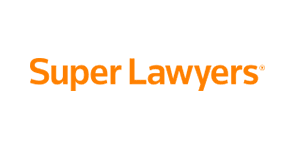

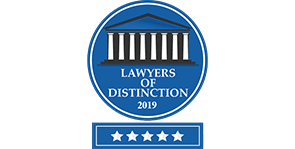
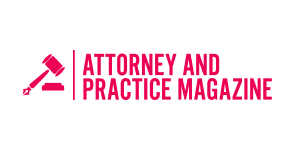
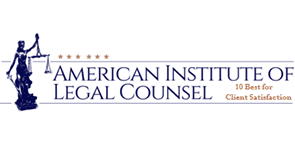
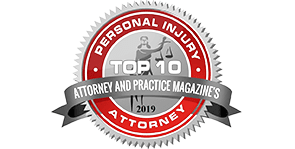
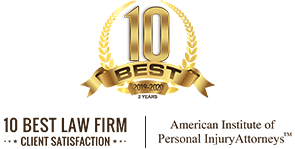
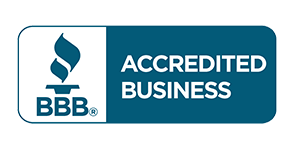
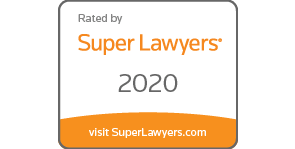
© 2022 MONTGOMERY STEELE LAW | ALL RIGHTS RESERVED | disclaimer

